Trek Madone 2013 series are coming with improvements to aerodynamics, weight, and stiffness. 3, 4, 5, 6, and 7-series are OCLV carbon, while 2 series are alloy. The top of the line model, Trek Madone 7.9, at 40 kph in a 10° crosswind, and the producer claims to save 25 watts over the prior model (distance not specified). In addition to the aerodynamic improvements, frame weight has dropped down to 750 grams (7-series) (from 915g to 750g, a 165g savings). Compared to the previous 7 series of Trek Madone, it cuts almost 200 grams from the frame and fork without diminishing ride quality or stiffness.
Trek Madone 6 and 7 series continue to be “Made in the United States”.
Madone series have completely redesigned to incorporate aerodynamic tube profiles borrowed from Trek’s Speed Concept time trial bikes.
The positioning of the rear brake is one of the key frame features that is included in the 5, 6, and 7 Series of Madone. Trek has moved it down to sit behind and below the bottom bracket, rather than attaching to a bridge between the seatstays.
With that re-positioning, they reduced the aerodynamic drag. The new position of the rear brake also removes the braking forces from the seatstays, allowing Trek to use less material at the seatstays. This means a lighter frame. 6-Series frame, with a Shimano Dura-Ace groupset and Bontrager’s Aeolus 3 wheels in a 58cm model weighs 6.8kg (14.96lb) without pedals.
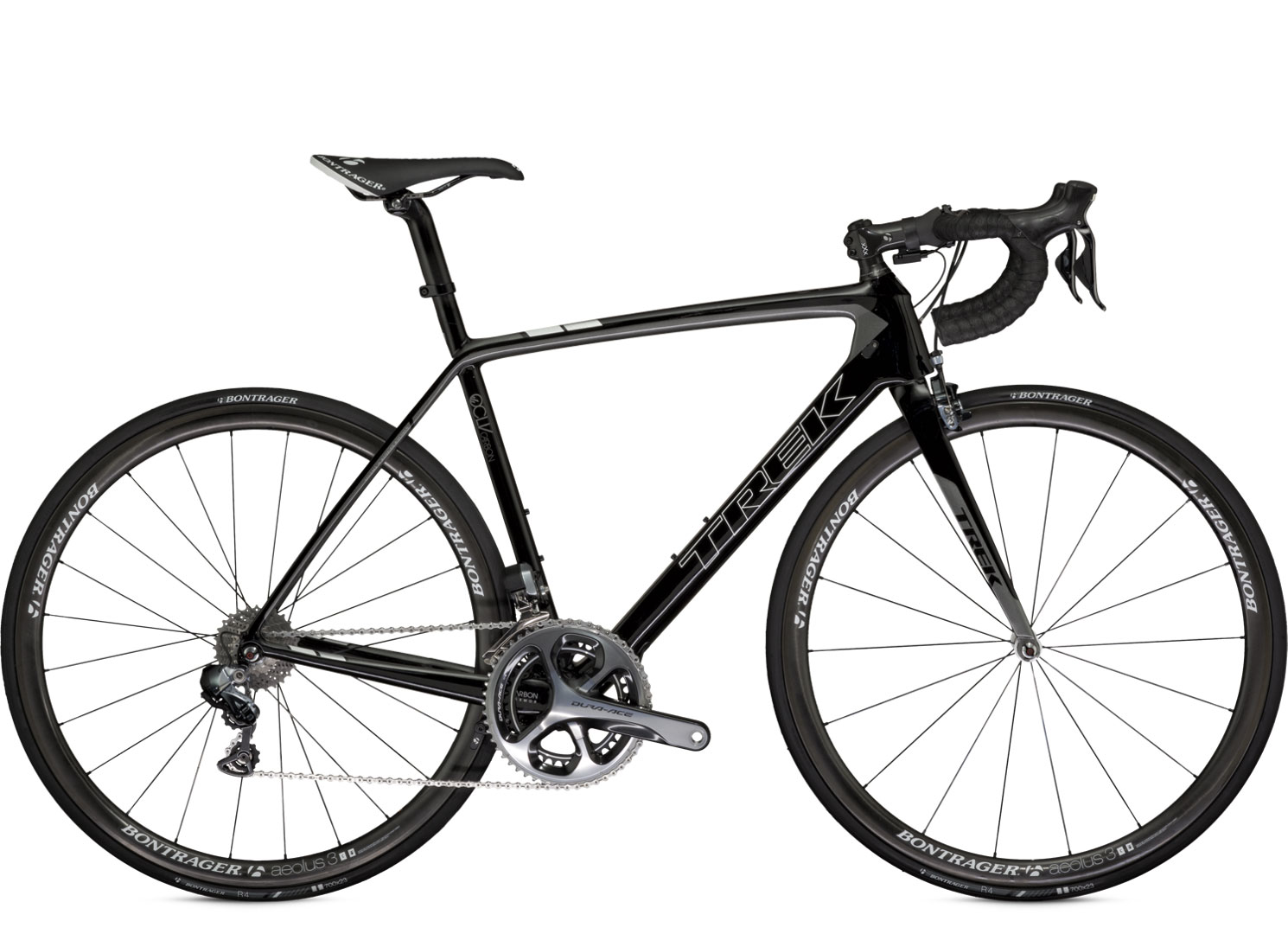
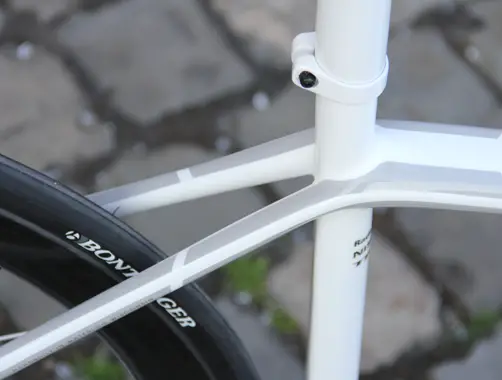
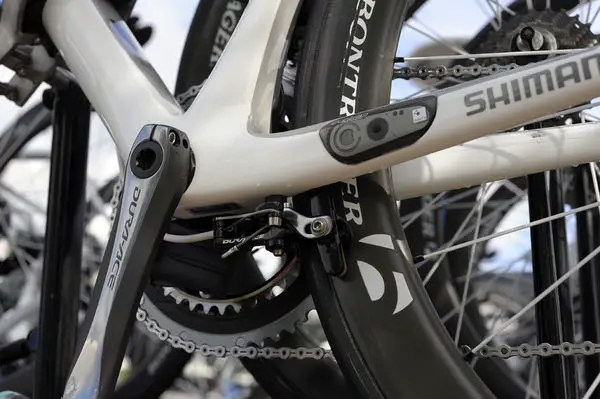
The Madone frames are now available in two fits: their performance-oriented H2 and a new super-pro H1. To get the rider in a fast but comfortable position, H2 uses a slightly taller headtube. But it is still allowing that “pro” look of a flat stem with minimal spacers. H2 will suit most riders. The new H1 fit has a slightly lower headtube and allows a bit more aerodynamic riding position.
To keep the frame a dropped chain, Madone comes up with Trek’s 3S integrated chain keeper which mounts directly to its frame via a threaded hole just north of the bottom bracket.
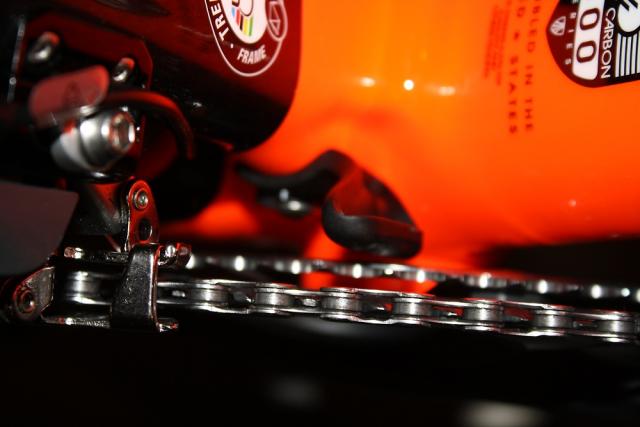
Trek Madone 2013 Series Comparison Table
Model | Drivetrain | Description | Price (approx.)
- 7.9 | Shimano Dura-Ace Di2 | – | $11,549.99
- 7.9 WSD |Shimano Dura-Ace Di2 | Lady version | $11,549.99
- 7.7 | Shimano Dura-Ace | – | $7,979.99
- 6.5 | Shimano Ultegra Di2 | – | $6,619.99
- 6.2 WSD | Shimano Ultegra | Lady version | $4,619.99
- 6.2 | Shimano Ultegra | – | $4,619.99
- 5.9 | Shimano Ultegra Di2 | – | $5,039.99
- 5.2 WSD | Shimano Ultegra | Lady version | $3,569.99
- 5.2 | Shimano Ultegra | – | $3,569.99
- 4.7 | Shimano Ultegra Mix* | – | $3,149.99
- 4.5 WSD | Shimano Ultegra Mix* | Lady version
- 4.5 | Shimano Ultegra Mix*
- 3.1 WSD | Shimano 105 | Lady version
- 3.1 | Shimano 105 | $2,039.99
- 2.3 | Shimano 105 Mix*
- 2.1 |Shimano 105 Mix*
*Mix means some parts are the highest level of the mentioned Shimano series, some parts are below.
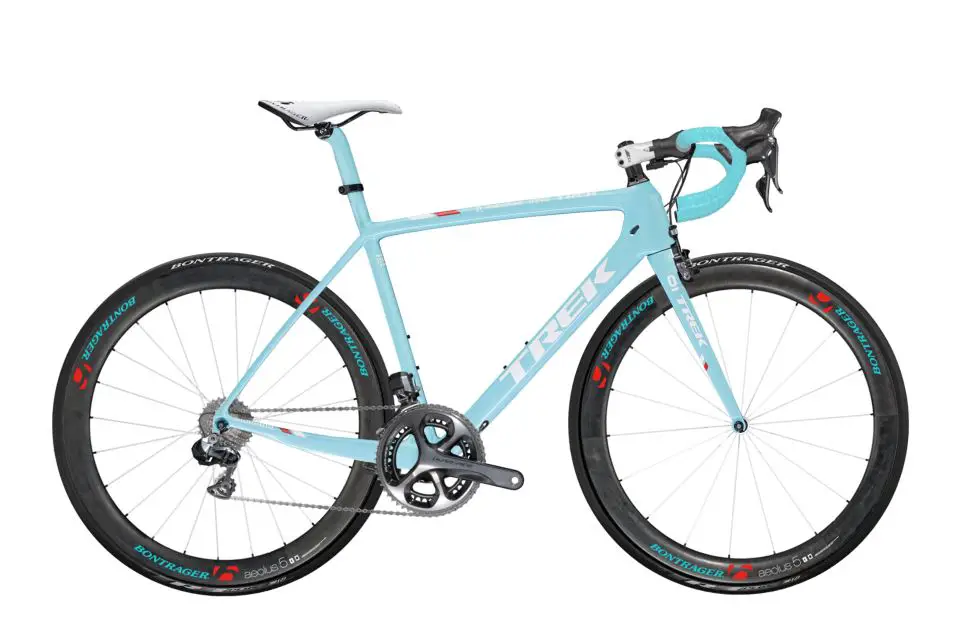
Related: Trek 2014 Models



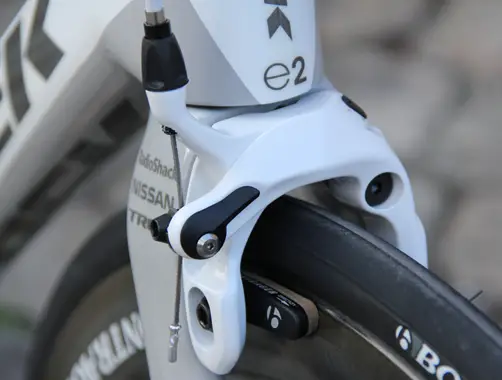
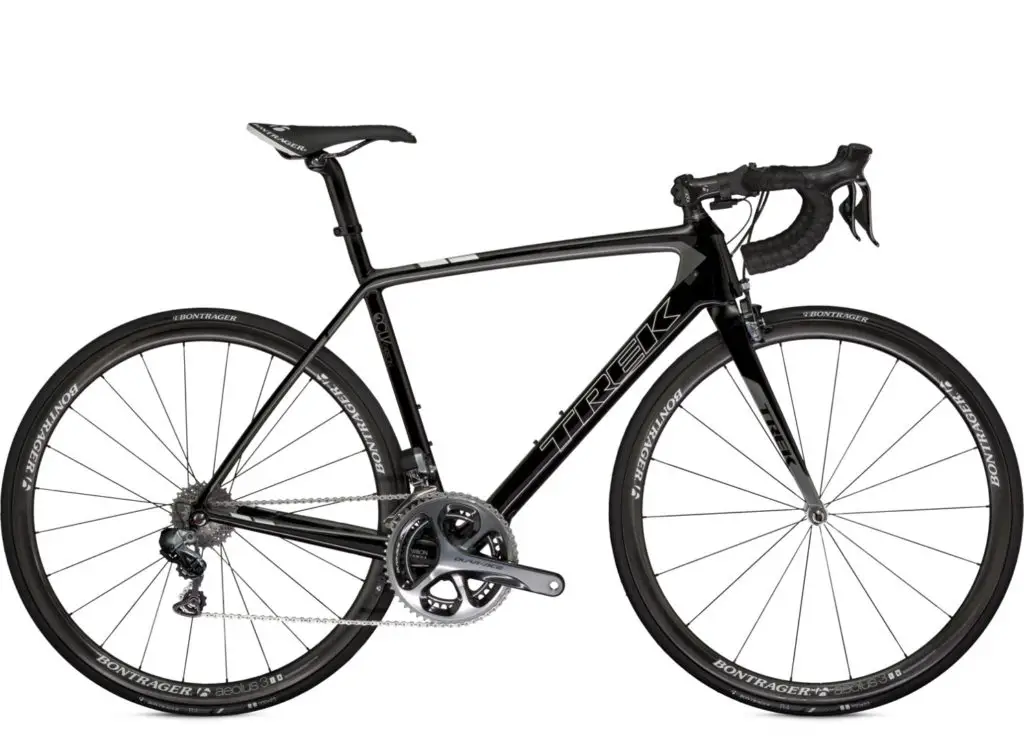
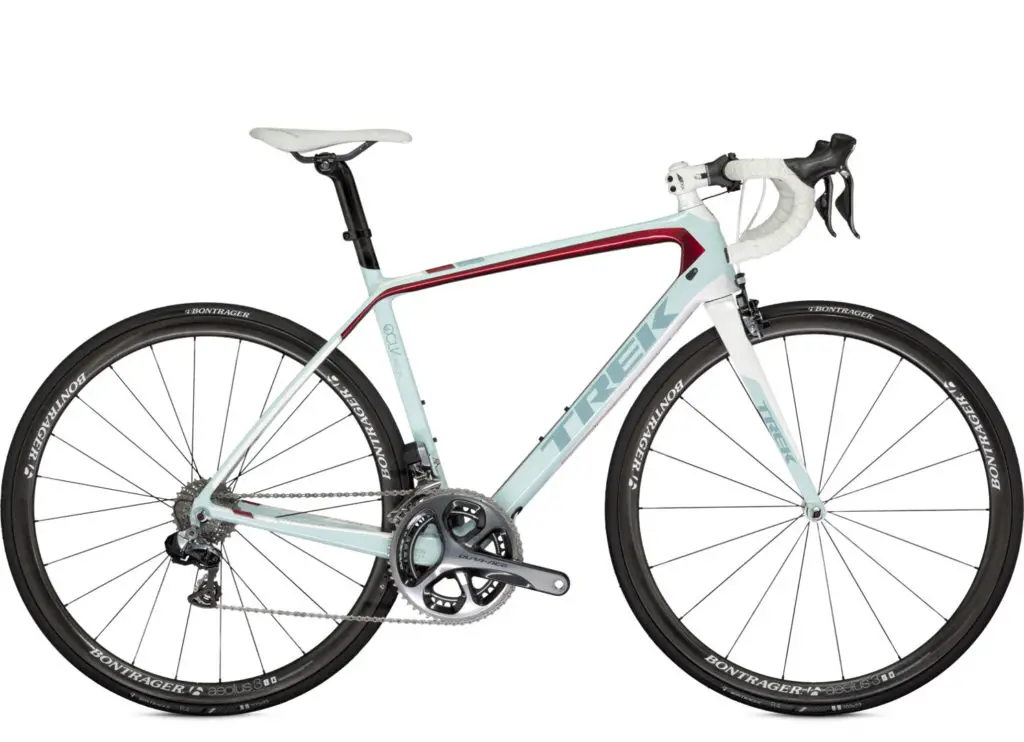
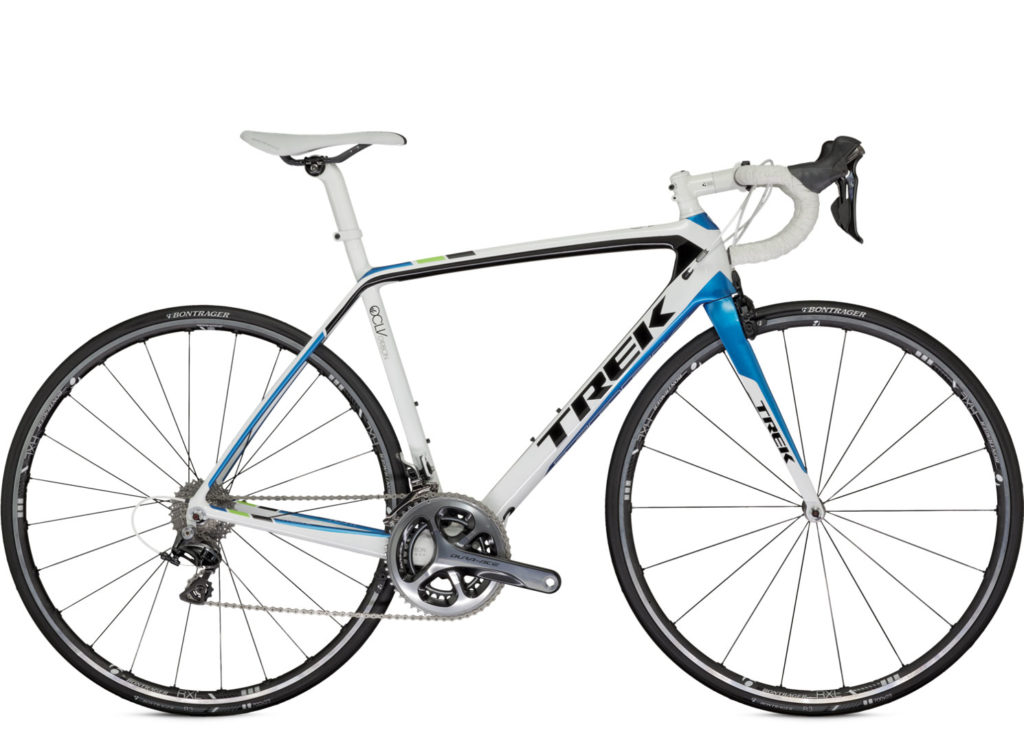

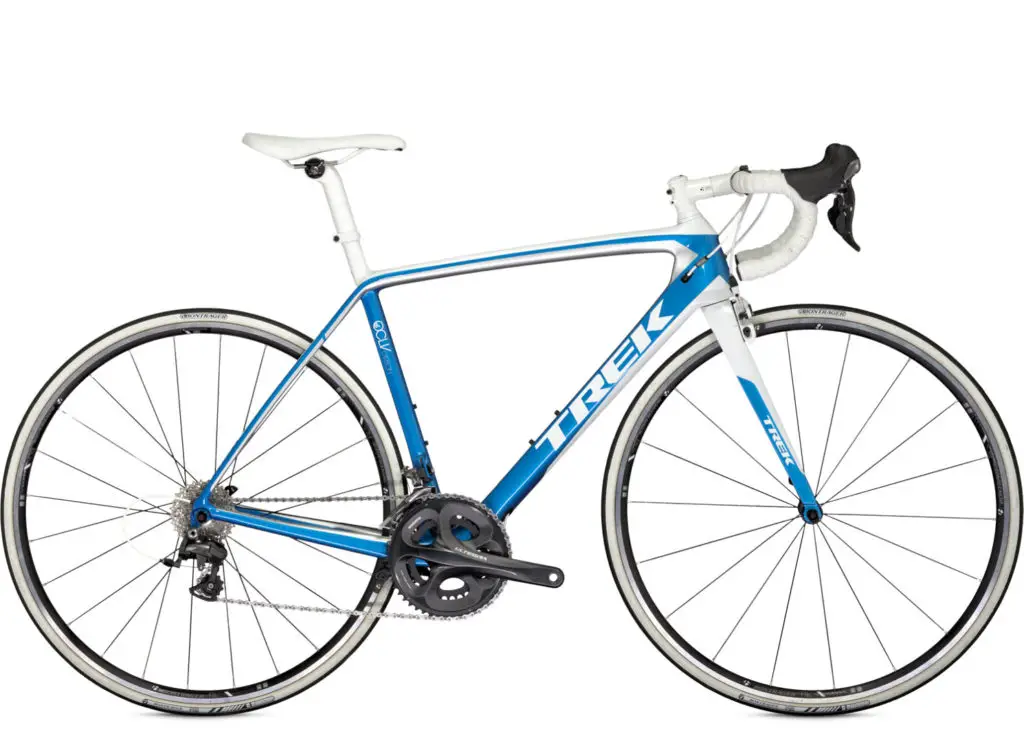
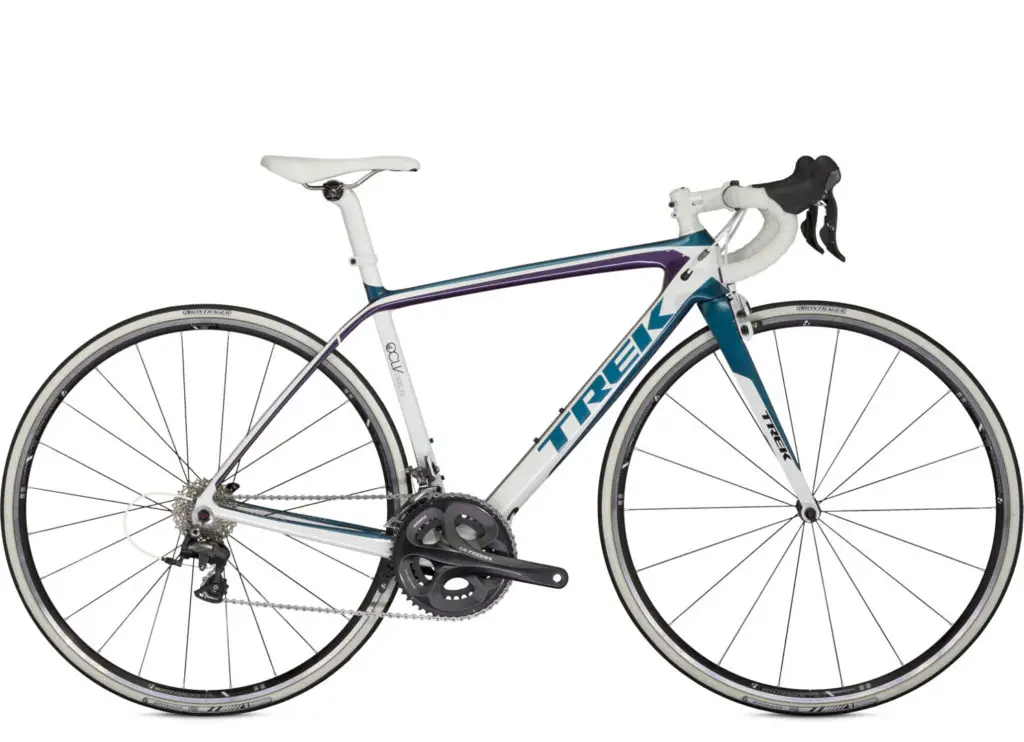
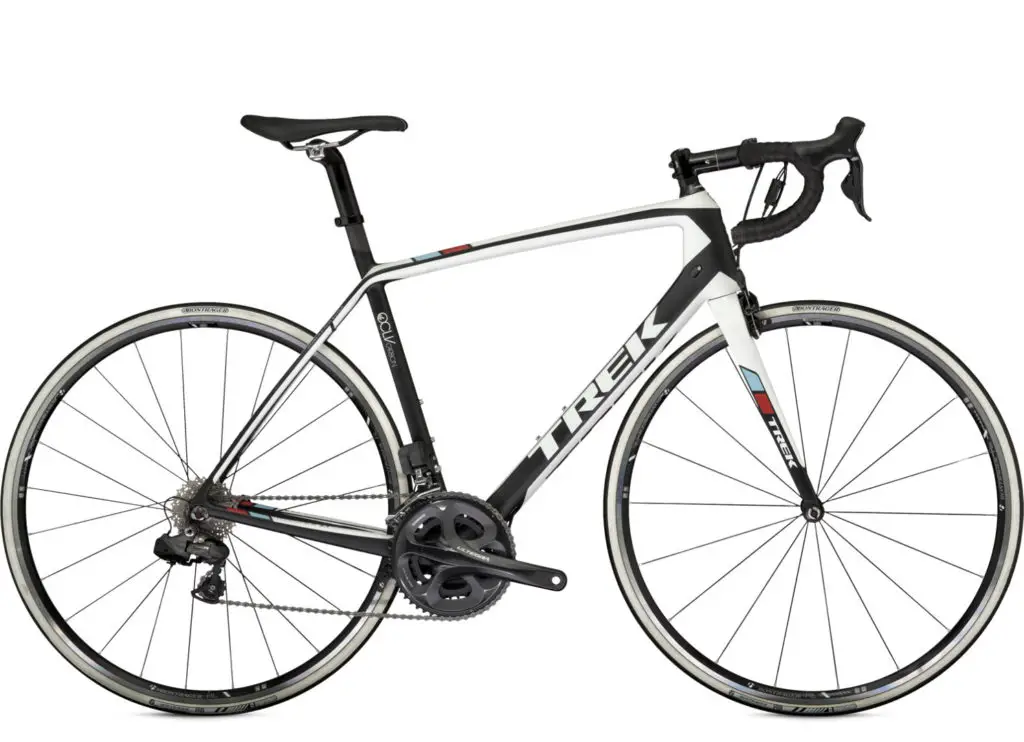

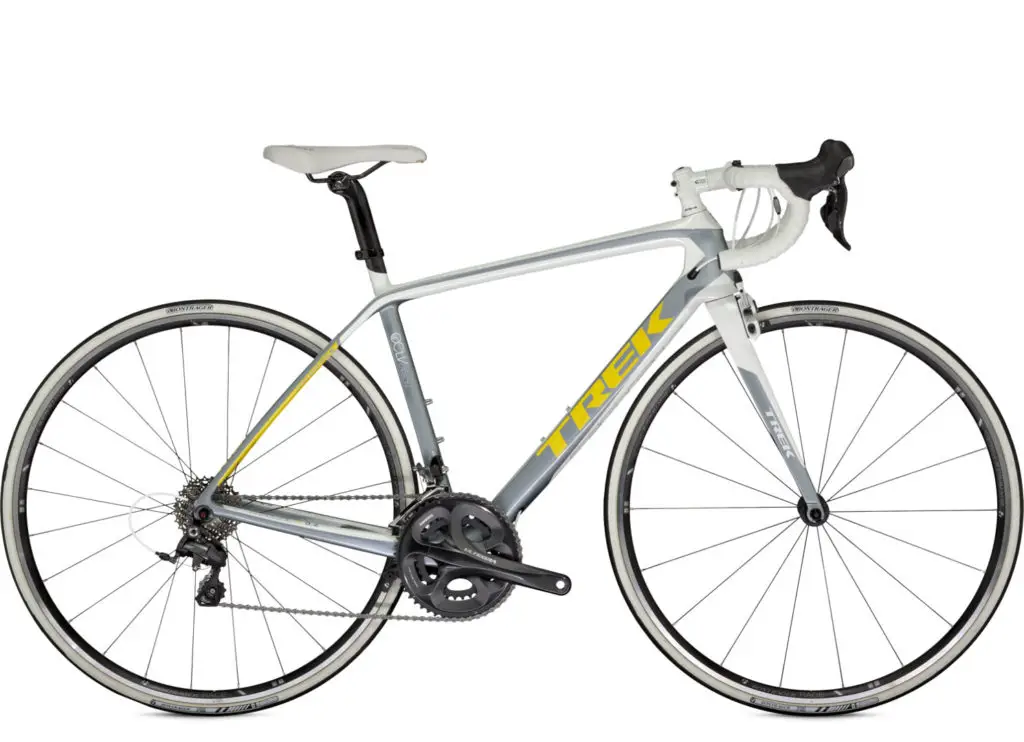
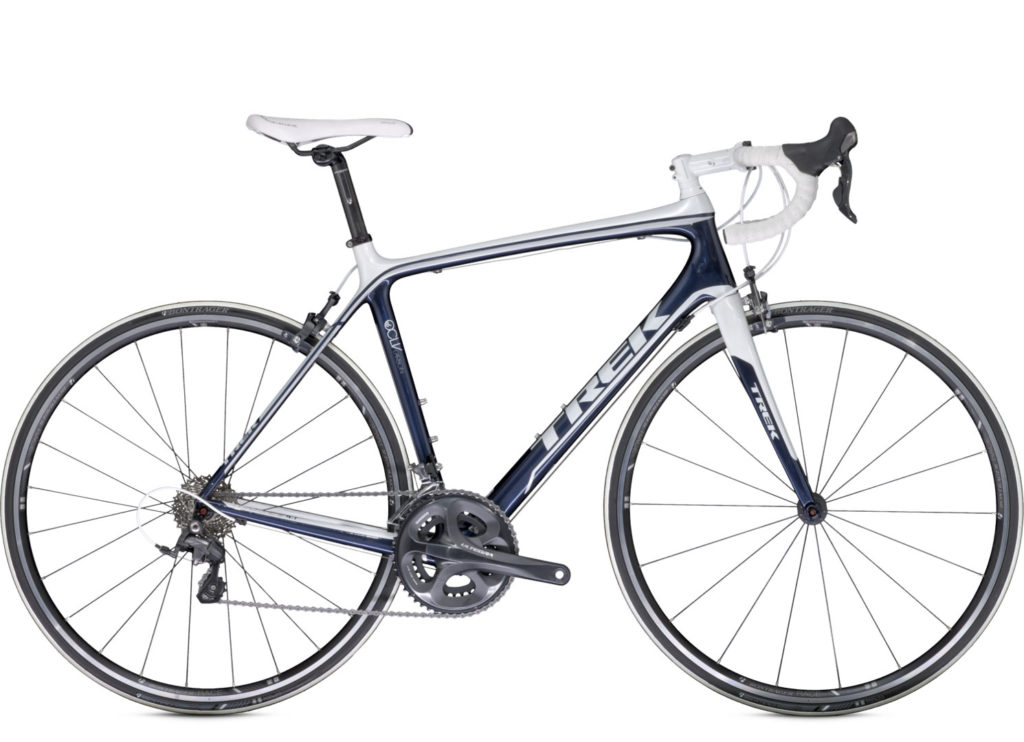

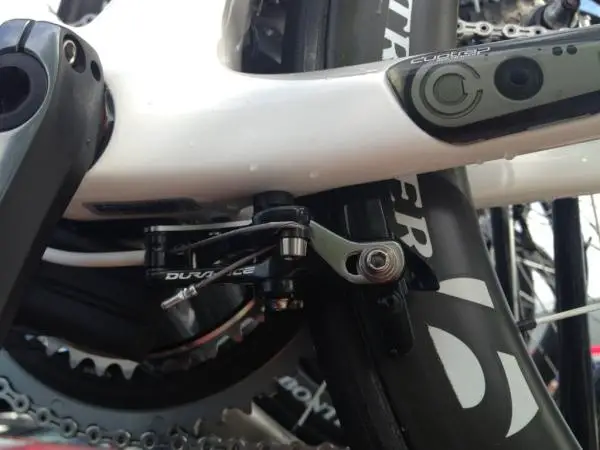
Sources
- Trek Bikes website
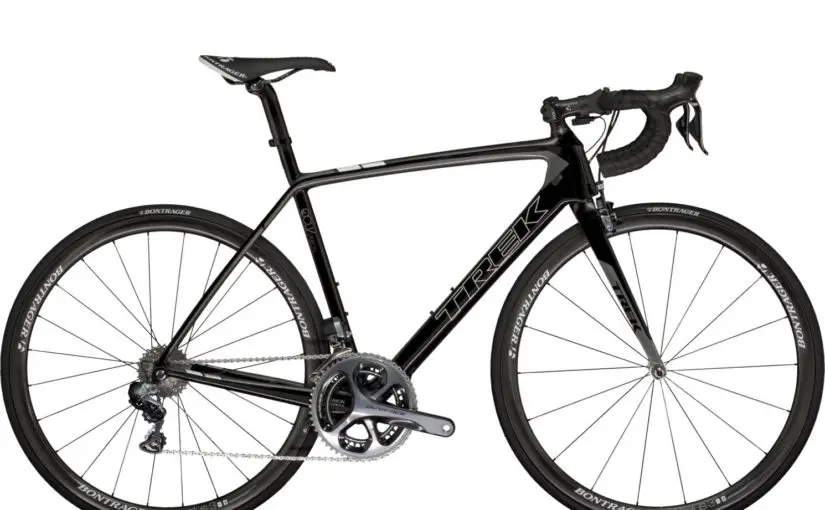
One reply on “Trek Madone 2013: Stiffer, Lighter, More Aero”
Thanks for the great review of the Trek Madone. The guys in the shops can’t wait to get the new Trek Madones and start riding/racing them.